|
Today was a day of discovery. In spite of heading out a bit later than expected, I managed to see quite a lot as I toodled my way south to Halifax. The plan was to arrive at Patricia and Andrew’s in the early evening.
Woke with a headache, so even though I rose at 8:00 a.m., it took me a while to get going. While checking out Fury, I met Catherine and Jeff. They are from Vancouver, but were out east visiting their daughter who has recently moved to New Brunswick. Of course, Catherine and Jeff are taking advantage of the opportunity to see more of the east coast while they are here. They joined me for the breakfast included in our room charge and we had a grand visit over our bagels and coffee before heading out on the road. I arrived just over the border of Nova Scotia last night and the “Welcome to Nova Scotia” sign was so impressive, I had to zip back the few kilometers to take a picture of it this morning when there was enough light. That task accomplished, Fury and I took all the side roads we could find that would eventually lead us to Springhill, Nova Scotia. This was the hometown of Anne Murray and a stop at the Anne Murray Centre was a must. The exhibit was pretty neat, with mementos from her childhood and early life all the way to her awards and platinum records. I did not know that Anne Murray was the first Canadian female artist to make #1 on the American charts and the first Canadian ever to receive a gold record. I didn’t watch the video at the entrance and felt like I missed the story of her discovery. I filled in the gaps from Wikipedia at this link https://en.wikipedia.org/wiki/Anne_Murray. On the way to the Anne Murray Centre, I noticed signs for “Tour and Underground Mine” and recalled hearing about a coal mine that could be toured in Springhill as well. After finishing up with Anne, I went across the street to have some lunch at Sociables and then followed the signs to the mine. The Springhill Miner’s Museum is set up to memorialize the miners who were killed in the 1891, 1956 and 1958 disasters and it is truly a destination that should be on your list of things to see in Nova Scotia. Upon entering the shop and paying admission, you choose a tag with a number on it and have a chance to view the small museum while awaiting the tour into the mine shaft. The display is very interesting, with displays of the different tools used over time and articles about the mining tragedies that took place in Springhill. An explosion in 1956 and a “bump” in 1958 killed 109 miners. I learned that a “bump” is when a small destabilization (like and earthquake), causes the mine floor to rise and “bump” the ceiling of the mine. Some miners were killed and others were trapped without light and air while awaiting rescue. There are two tour guides – Tony and Justin that conduct the tours into the mines. Tony was our tour guide today. It started at the wash house where the miners would prepare for work by changing into their mine clothes to start their shift and then shower and change back to their street clothes after. The wash house, back in the day, would have been wall-to-wall showers, so the men would hang their clothes on hooks and hoist them up to the ceiling to keep them dry. These hooks would also keep their water cans and “piece” cans that would have their lunch for their 8-hour shift. Draegermen were specially trained miners who were given goggles, clamp-style nose-plugs and a breathing apparatus and trained to rescue miners who were in trouble. These men were volunteers and received no extra pay or compensation for this specialty and dangerous task. Tony told us that the nose-plugs were made from asbestos, which of course, at the time, was not known to be harmful. Moving outside, we saw the mine carts that travelled in and out of the mine shaft, carrying approximately one ton of coal each. At the beginning and end of the day, there would be a couple of carts with seats that would carry 6 men each down into the farther reaches of the mine. Tony said the coal seams might be only a few feet deep, but would extend to great distances horizontally, so they would work a seam back until it was exhausted, leaving pillars to support the ceiling. I was impressed with the ingenuity of the mechanical undercutter that was like a coal chain saw that was used in later years. This could undercut the coal seam, which would then be drilled and blasted to make it easier to mine. Moving on to the lamp house, we were shown how each miner had a brass tag with a number to put on the board at the beginning of his shift. He would then retrieve his battery operated lamp with his number on it. These lamps were charged with an acid battery (like a car battery) and had to be properly sealed so as not to create a spark underground with the coal. I asked if the miners had steel-toed boots and he said yes, they did, but they would cover the leather with brass tacks. This was done so that when they were working on their knees, the leather on the toes would not wear down and expose the steel toes of the boots and create the risk of spark underground. There were 3 shafts into the coal seam – a front shaft for delivering the miners and ore in and out, a back shaft for emergency exit and an air shaft to allow fresh air into the shaft and dispel the methane gas so it was “safe” to mine the coal. The mine shaft was cool and dark and close. While lit for touring purposes now, at one point, Tony turned the light off to show us what it would have been like for the miners trapped in there. With the small amount of light generated by the miner’s lamps, the shaft would have been a terrible enough place to work. I can’t imagine doing an 8-hour shift in there six days a week for about $12 a day. Back-breaking work in terrible conditions. After leaving the mine shaft, we returned to the museum and gift shop and turned in our tags. Each tag was the name of a real miner and the staff lady showed me what had happened to miner 981, who had the number on my tag. Harold Emree was killed in the 1958 mine bump and left a wife and 10 children. The visit was profound and amazing and I can recommend this visit to everyone whole-heartedly. I got back on the road with every intention of heading straight to Patricia and Andrew’s. Then, on my way through Parrsboro, I saw a sign for the “Fundy Geological Museum”, with a dinosaur on it…..no brainer. They have some amazing fossils and rock displays at this museum, along with great story boards and some interactive stuff for kids (big kids, too 😊). Nova Scotia is a bit unique in it’s representation of every rock type imaginable and the variety and age of fossils found in the region. I was not aware of the fossil region here and found it quite riveting. Definitely worth the stop and an hour’s delay. Arriving at Patricia and Andrew’s shortly after 7:00 p.m., I was welcomed warmly and shown to yet another fabulous room! I was further spoiled by a very yummy Patricia Cocktail, followed by Andrew’s steak and lobster dinner. Being informed that there was blueberry cobbler for dessert, I was careful to leave room. I’m not sure common life will do, after this! Fur babies Scout and Zena appear to have decided I will do, so far as company goes. I would swear to you that I’m not a “dog person”, but it is not apparent from the pictures below. We are heading out to explore a bit of Halifax tomorrow, so I had best get some sleep for the adventure!
2 Comments
8/17/2018 09:47:06 am
Thanks so much for visiting the Anne Murray Centre and posting such nice photos :)
Reply
Alyson
8/17/2018 07:33:32 pm
Thanks for checking out the blog, Wanita. Enjoyed my tour of the Anne Murray Centre!
Reply
Leave a Reply. |
Nova ScotiaFlower: Trailing Arbutus ArchivesCategories |




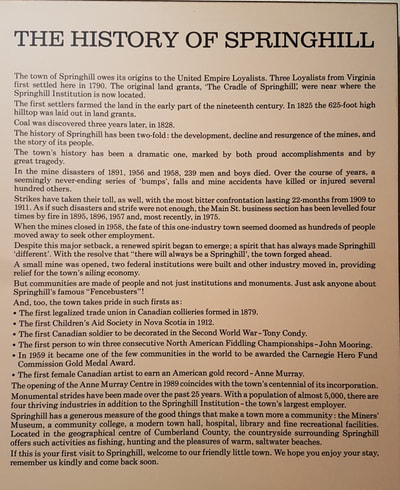


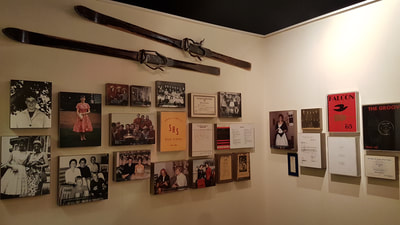

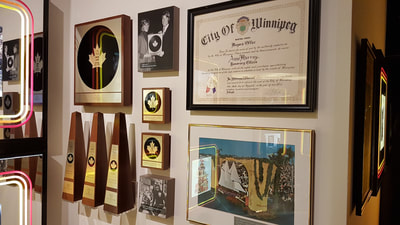






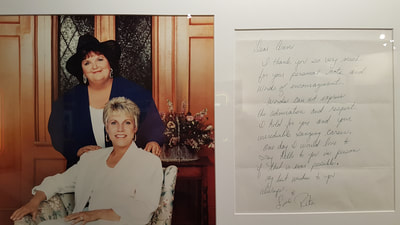








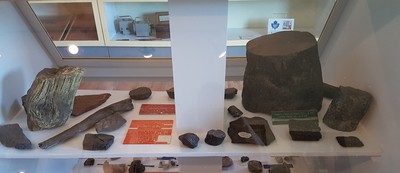







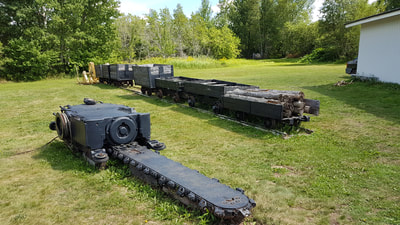






















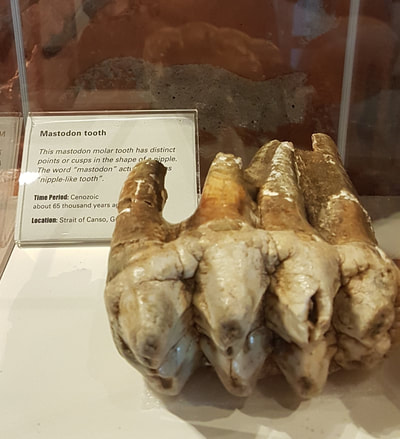









 RSS Feed
RSS Feed